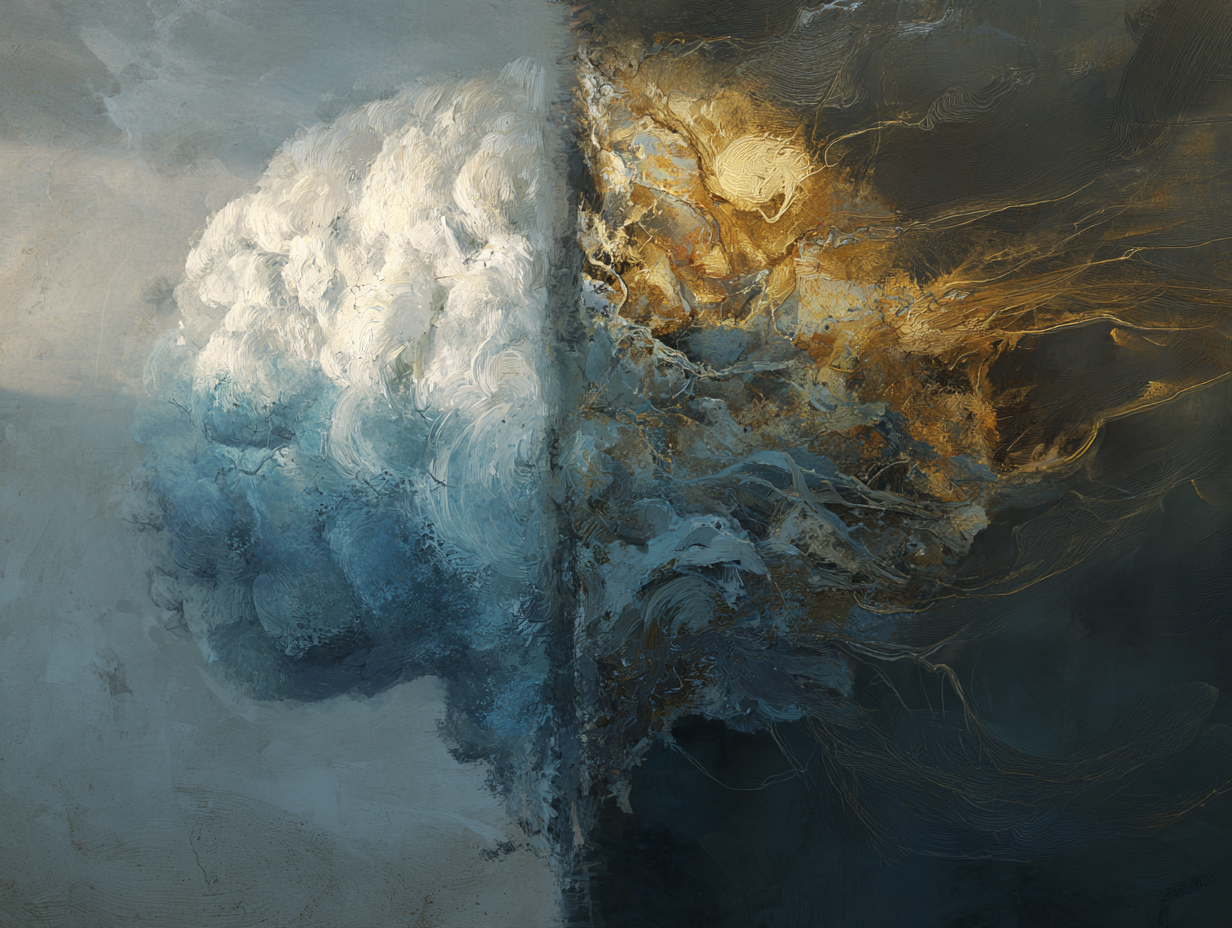From our Brain’s Perspective
A while back, I came across the work of psychiatrist and philosopher Iain McGilchrist. It completely shifted how I understand the way our brains interpret the world, and how a hidden bias is quietly shaping our existence.
Unless we become aware of it, we’ll remain blind to its influence.
He tells the story of the brain’s two hemispheres - not as a battle between logic and emotion (that old myth), but as two fundamentally different ways of relating to the world.
The left hemisphere has a narrow focus. It likes clarity, structure, systems, and categories. It builds models, follows algorithms, and hones in on what’s useful in a given moment. It’s brilliant at managing complexity - as long as the pieces stay within the system.
The right hemisphere sees the bigger picture. It notices the whole before the parts. It’s drawn to ambiguity, context, metaphor, and relationship. While the left grabs hold of what it already knows, the right remains open to what’s new, subtle, or just beyond easy explanation.
McGilchrist warns us how modern life is increasingly shaped by left-brain values:
✶ In education, grades often matter more than curiosity or critical thinking.
✶ In business, dashboards and KPIs drive decisions faster than nuance, ethics, or human impact.
✶ In technology, we build data-processing systems that struggle with human experience
✶ In medicine, patients are often treated as symptoms, not whole people with stories.
The world, he says, is adapting to fit the tools of the left brain - becoming transactional, fragmented, and abstract - while the right hemisphere’s way of perceiving (holistic, embodied, relational) is fading into the background.
“Our society acts as if the left hemisphere is in control. We behave like people who have right brain damage.” - McGilchrist.
This growing left-hemisphere dominance, with its focus on analysis, control, and abstraction leaves less room for the kind of open-ended, exploratory attention that creativity depends on.
The right hemisphere is better equipped for this kind of thinking: it’s comfortable with ambiguity, attuned to context, and sensitive to holistic relationships rather than isolated parts.
We’re already seeing how little time or value is given to this slower, more reflective mode of attention by the task-focused left-hemisphere.
McGilchrist reminds us that we need both. But right now, we’re leaning hard on one way of seeing, and losing touch with the full, messy, compassionate richness of the other.
(Image Source: midjourney)


